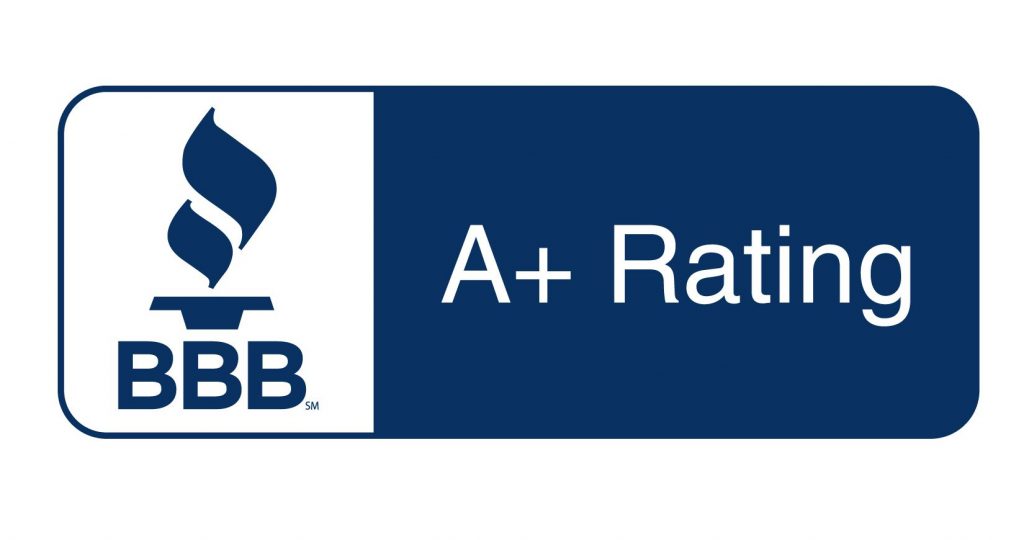
Medigap Plan M Benefits
A good way to remember Plan M is by calling it the deductible-sharing plan. It covers:
- Medicare Part A coinsurance and hospital costs
- Medicare Part B coinsurance
- Blood
- Part A hospice care coinsurance
- 50% Part A deductible
- Skilled nursing facility coinsurance
- Foreign travel emergency care — up to plan limits
What Costs Are You Responsible for?
With Plan M, you’ll be responsible for the other 50% of the Part A deductible, as well as all of the Part B deductible ($203 in 2021), and the Part B excess charges. But Plan M still covers some very important items.
Plan M Eligibility and Enrollment
There are certain eligibility rules you should know when buying any Medigap plan:
- You must have Original Medicare A and B, and you can’t have Medigap and Medicare Advantage.
- A Medigap policy just covers one person. Your spouse will need to buy a separate policy.
- Insurers aren’t legally required to sell Medigap plans to those under 65. If you’re under 65 and on Original Medicare, you may not be able to buy the plan you want.
If you’re interested in Plan M, you should enroll during Medigap Initial Enrollment — a six-month period that begins when you turn 65 and enroll in Medicare Part B. If you don’t enroll during this period, you may not be able to get the plan you want or it might cost more.
How the Companies Charge You
Every Medigap policy also has a monthly premium. The exact amount may vary by area, gender, and tobacco status. Insurers can set monthly premiums for their policies in three ways:
- Community rated — Everybody who buys the plan pays the same monthly amount no matter their age.
- Issue-age rated — Monthly premiums are based on the age when you first buy a plan. Younger buyers will have lower premiums, and the premiums don’t go up as you get older.
- Attained-age rated — Monthly premiums are based on your CURRENT age. So, your premium will increase as you get older.
Is Plan M Right For You?
Plan M could be a great fit for you if you don’t think you’ll visit the hospital very often and feel you can afford the infrequent cost-sharing. However, it would help to work with a broker who understands supplemental insurance to determine the best fit for you. We can review the differences in premiums to make sure your savings are worth the risk of some costs.



